Green energy and environmental impact factor is a major term driving today’s energy debate in the United States and worldwide. More nations are looking to clean alternatives like solar, wind, and biomass-derived energy as the climate crisis escalates. The move to green energy is about monitoring significant change, not only about technology. This is why scientists gauge the effect and quality of research in this domain using the green energy and environment impact factor. It guides better policies, cleaner systems, and smarter investments for a sustainable future by identifying which discoveries count most.
Introduction to Green Energy and Environment Impact Factor
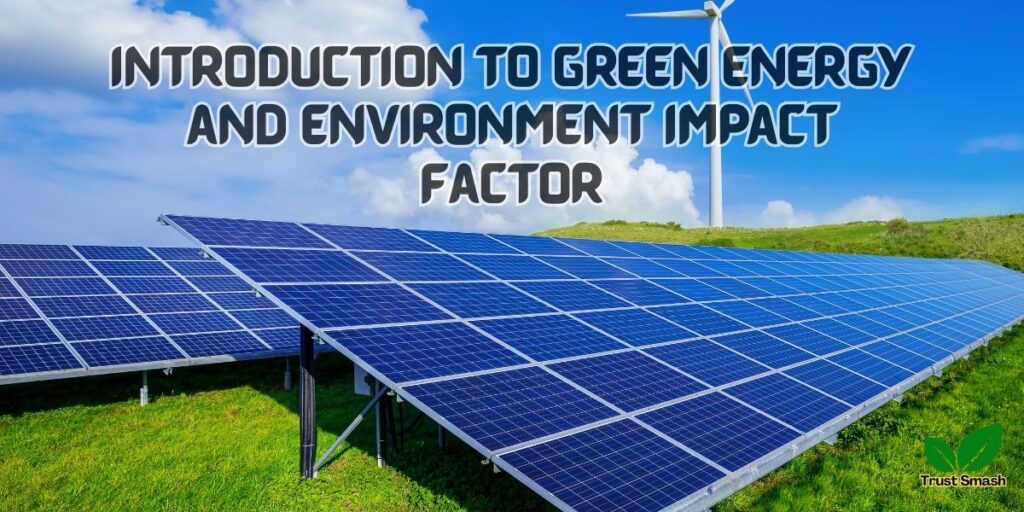
Green energy means making power from clean sources like sunlight, wind, or water. These sources don’t create harmful gases like coal or oil. They are good for the air, water, and the people. Environment impact factor tells us how important a piece of research is in the science world. It shows how often other researchers are using that work in their own studies. If a study is often quoted, it means it’s useful, reliable, and part of the solution.
The journal Green Energy & Environment (journal name) often ranks high because it shares cutting-edge research in electrochemistry, catalysis, and inorganic chemistry. This is how new ideas spread and improve real projects. In the U.S., journals with a high green energy and environment impact factor help guide policies, funding, and university research programs.
The Role of Renewable Energy in Reducing Environmental Harm
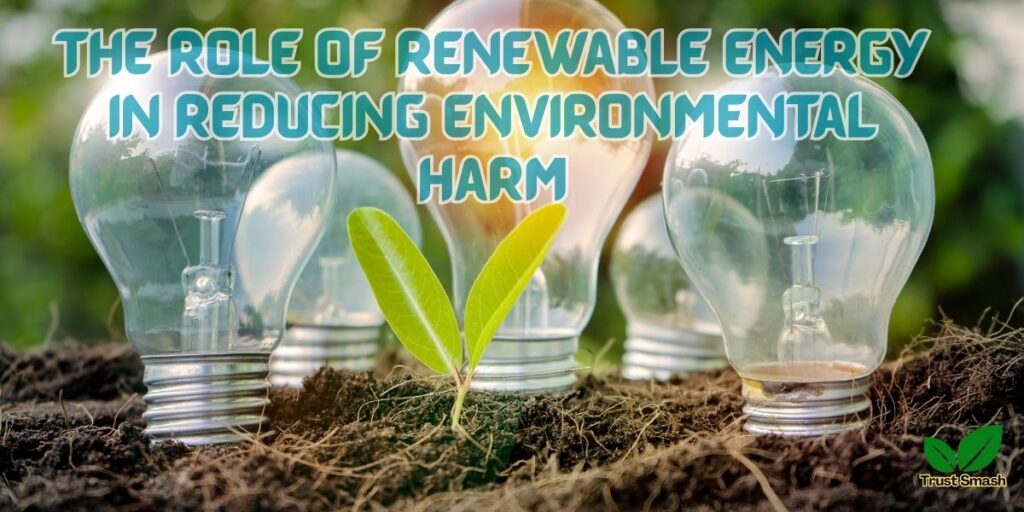
Renewable energy helps slow down climate change. When you use solar panels, wind turbines, or hydropower, you’re not burning fuels that harm the planet. The United States has added more wind and solar farms in recent years. These projects are cutting emissions and creating jobs. That’s why green energy and environment impact factor matters—it tracks the value of ideas driving real change.
New technology also supports energy storage materials that hold power when the sun isn’t shining or the wind isn’t blowing. Researchers work on photocatalysis developments, which use light to clean water or produce fuel. Each of these methods pushes us toward sustainable energy systems.
Key Developments in Biomass-Derived Energy Sources
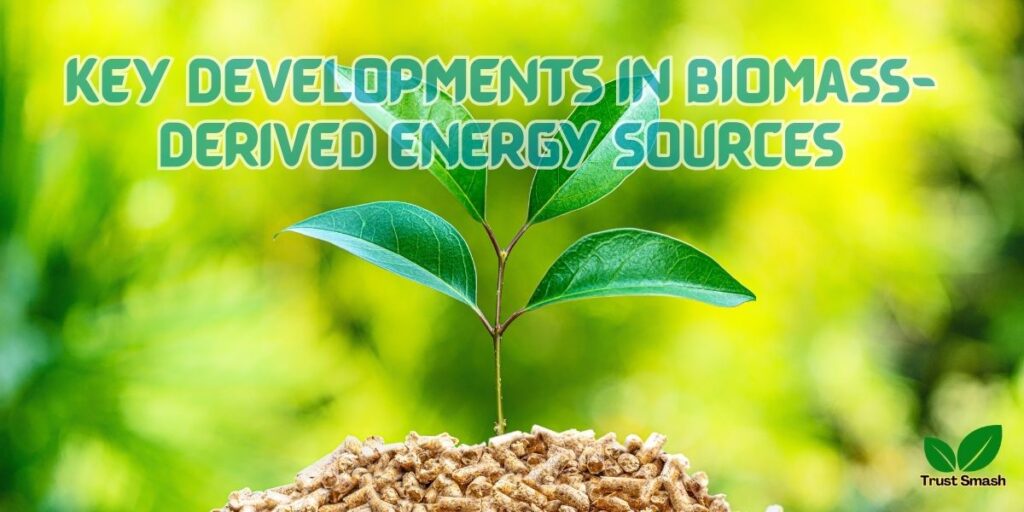
Biomass means using plants or waste to make energy. Corn stalks, food scraps, and even animal waste can be turned into fuel. That fuel powers cars, heats homes, or runs generators. U.S. scientists focus on biomass-derived fuels to make farming cleaner and reduce landfill waste. These fuels also lower harmful gas emissions.
Today, ionic liquids applications are making biomass conversion better. These special liquids break down tough plant parts so energy can be made faster. Combined with solvent interaction in energy research, they help boost output while keeping costs low. Journals like Green Energy and Environment impact factor have many studies on these topics.
Advanced Catalysts in Green Energy Technologies

Catalysts make chemical reactions happen faster. Without them, many green energy reactions would take too long or use too much energy. One exciting field is electrocatalysis efficiency, where catalysts speed up reactions using electricity. These are used in fuel cells, water splitting, and even CO₂ reduction.
Scientists are now working with MOF-derived nanostructures, which are small, smart materials that hold special atoms like iron or cobalt. These improve results in oxygen evolution reaction (OER) and help develop low-cost solutions. The journal Green Energy and Environment imapct factor often publishes breakthroughs in this area, especially involving anode and cathode materials.
Impact of Green Energy Innovations on Environment Impact Factor
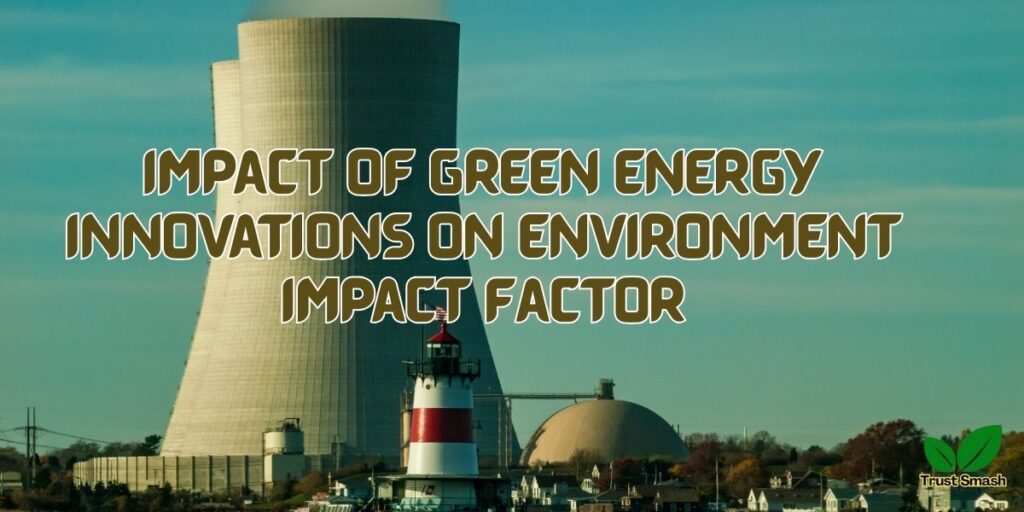
When a new energy solution works well, other scientists use and cite that research. This increases the green energy and environment impact factor of journals publishing that work. For example, the Chinese Academy of Sciences and East China University of Science and Technology have published studies that receive many citations worldwide.
Let’s look at a table of the most cited green energy articles from Green Energy & Environment (journal name):
| Paper Title | Citations | Main Topic |
| Progress in Electrolytes for Li-based Batteries | 198 | Electrolyte innovation |
| MOF-Derived Nanostructures | 162 | Catalysis in green chemistry |
| Advances in Metal-Air Batteries | 149 | Battery (electricity) performance |
Waste-to-Energy Solutions and Their Environmental Benefits

Turning trash into energy is smart and green. Waste-to-energy plants burn garbage or use microbes to produce heat, gas, or electricity. These systems reduce landfill size, cut methane emissions, and generate power from things we would throw away.
In cities like Seattle and San Francisco, new systems are paired with electrochemical catalysis to break down waste more efficiently. Some also apply extractive distillation and choline chloride to treat and clean chemicals during energy recovery. This makes the entire process cleaner and more effective.
Deep Eutectic Solvents and Their Role in Green Chemistry

Deep eutectic solvents (DES) are eco-friendly mixtures used in place of toxic chemicals. They are made from safe ingredients and can dissolve many types of materials. Scientists use DES for making biofuels, cleaning metals, or processing waste.
In many U.S. labs, DES are used alongside aqueous solutions in electrochemistry to make greener products. They are also helping in thermodynamics and solubility studies, especially when measuring how chemicals react at different temperatures and pressures.
Solar-Assisted and Hybrid Energy Technologies
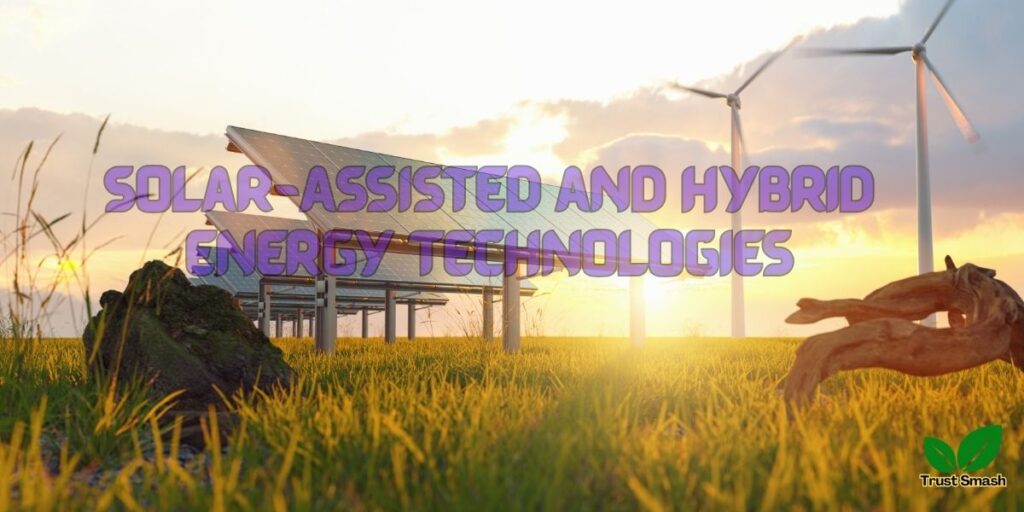
Sunlight is free and powerful. That’s why solar energy keeps growing in the U.S. But when it’s paired with other tools—like catalysts or membrane reactors—it becomes even more useful. These hybrid systems create hydrogen from water or split CO₂ into useful gases.
At research centers in California, new setups test solar-assisted OER reactions using anode / cathode research. This method uses sunlight and electricity together. It could change how we power homes and vehicles in the future.
Trends in Green Energy Research Journals

Scientific journals help spread smart ideas. The higher the green energy and environment impact factor, the more trust it earns in the science world. That’s why it’s important to track publication trend based on affiliation and see which groups are making the biggest impact.
Today, top names like Suojiang Zhang and Huaming Li are publishing in Green Energy & Environment (journal name). Most papers come from respected universities, and the U.S. is investing more in energy research that focuses on nanotechnology, inorganic chemistry, and electrolyte innovation.
Challenges and Future Opportunities in Green Energy

Even with all the progress, green energy faces big challenges. Some technologies are expensive, while others need better materials or laws to support them. Overpotential reduction techniques, for example, are helping, but costs remain high for full adoption.
The future is bright. New work in lithium-ion batteries, carbon-based materials, and smart energy storage will continue to push us forward. The U.S. can lead the way by funding research, supporting green policies, and encouraging public and private partnerships to build sustainable energy systems for all.
FAQs(Friquented asked questions)

Q1: What is the impact factor of Green Energy and Environment?
With an impact factor of 11.7 (2023), the journal Green Energy & Environment shows great influence in sustainable energy science.
Q2: What is the impact factor of Energy and Environmental Science?
With a prestigious impact factor of 38.5 (2023), Energy & Environmental Science is ranked among the most often published publications in energy research.
Q3: What is the impact factor of the Energy and Environment journal?
The Energy and Environment Journal has a current effect of approximately 3.3, which focuses on the intersection of policy and sustainable development.
Q4: What is the environmental impact factor?
The environmental impact factor measures how much the research of a magazine affects the field of environment based on citation data.
Q5: What are the environmental impacts of green energy?
Green energy reduces greenhouse gases, improves air quality, and decreases dependence on fossil fuels, making it very less harmful to ecosystems.
Q6: What is the impact factor of Energy and Environment?

The impact factor of the Energy and Environment Journal is about 3.3, which covers both renewable energy and environmental policy.
Q7: What is the impact factor of Energy and Environmental Science?
By 2023, the impact factor of energy and environmental science is 38.5, which makes it a major publication in clean energy research.